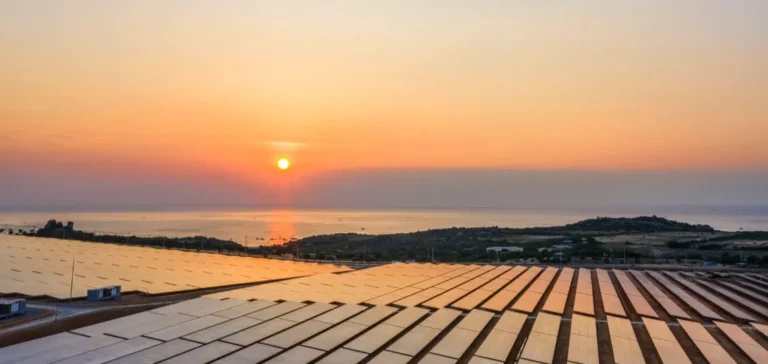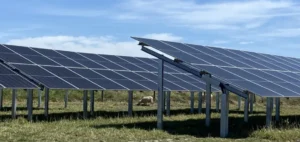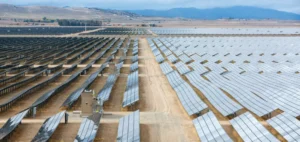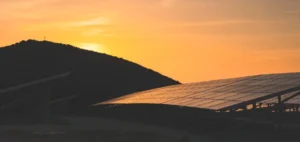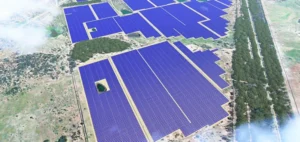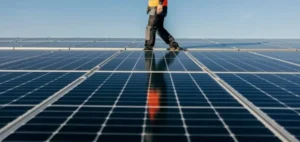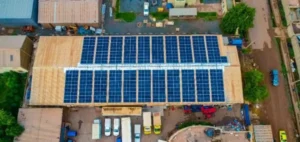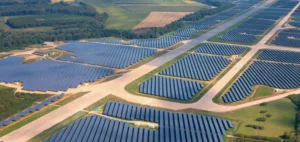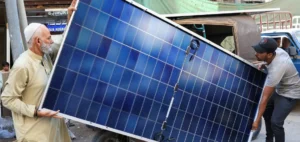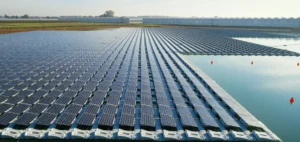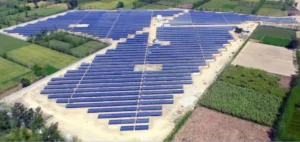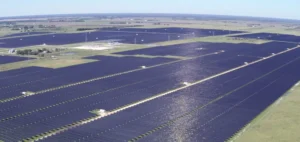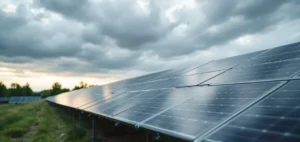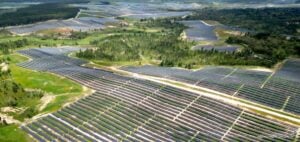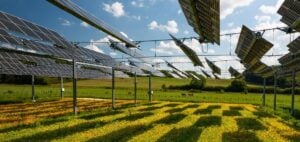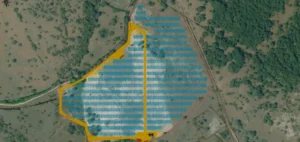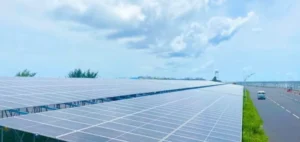Mexico has the technical conditions to become a global solar powerhouse, according to a report published by the energy think tank Ember. Combining exceptional sunshine and increasingly accessible storage technologies, the country could supply up to 90% of its electricity consumption with solar energy coupled with batteries.
Solar as a pillar of power generation by 2030
The study models scenarios based on 18 years of hourly solar radiation and electricity demand data, showing that a system combining solar panels and storage could meet most of the country’s needs with only 6% excess production. Currently, solar accounts for 6.6% of electricity produced in Mexico, but this figure could reach 20% by 2030 if deployments accelerate to reach 36 gigawatts (GW) of solar capacity and 30 gigawatt hours (GWh) of storage.
Imported gas dependence called into question
Such development would allow the country to reduce its dependence on gas imported from the United States by around 20%. In an even more ambitious scenario, Ember estimates that Mexico could eliminate these imports entirely by the end of the decade, with 58% of electricity coming from solar. Mexico is also among the three best cities in the world for twenty-four-hour solar performance.
Installation costs well above the global average
Despite this potential, current investment costs are a major obstacle. The report notes that solar projects in Mexico cost 38% more than the global average, while battery installations are twice as expensive. As a result, reaching the target of 45% clean electricity by 2030 would cost about 50% more than the global average.
Call for reforms to make projects competitive
The study recommends reforms to close this gap, including competitive procurement, streamlined authorisations, expansion of the transmission grid, access to lower-cost financing, and development of local supply chains.
The report concludes that by reducing these costs, Mexico could strengthen its energy independence and fully leverage its solar potential.


